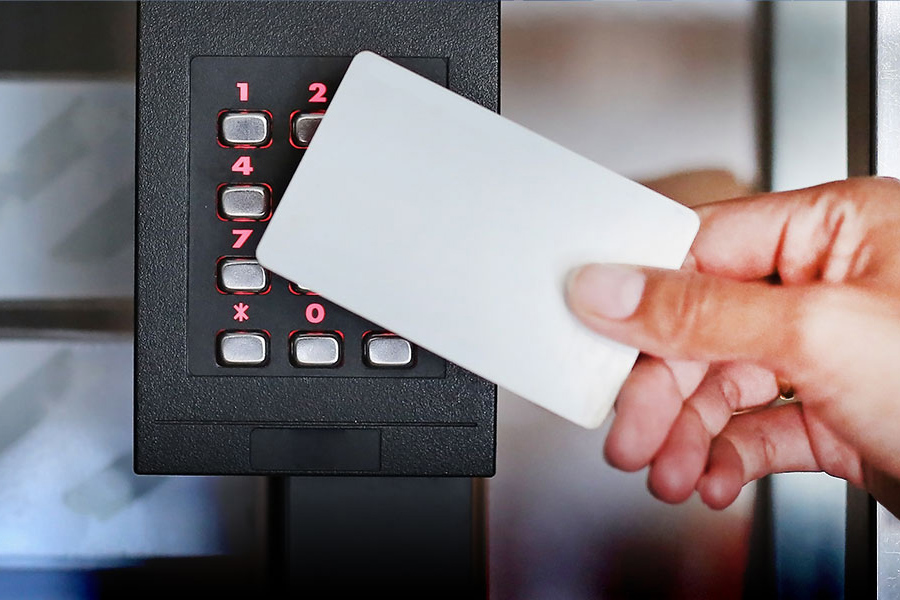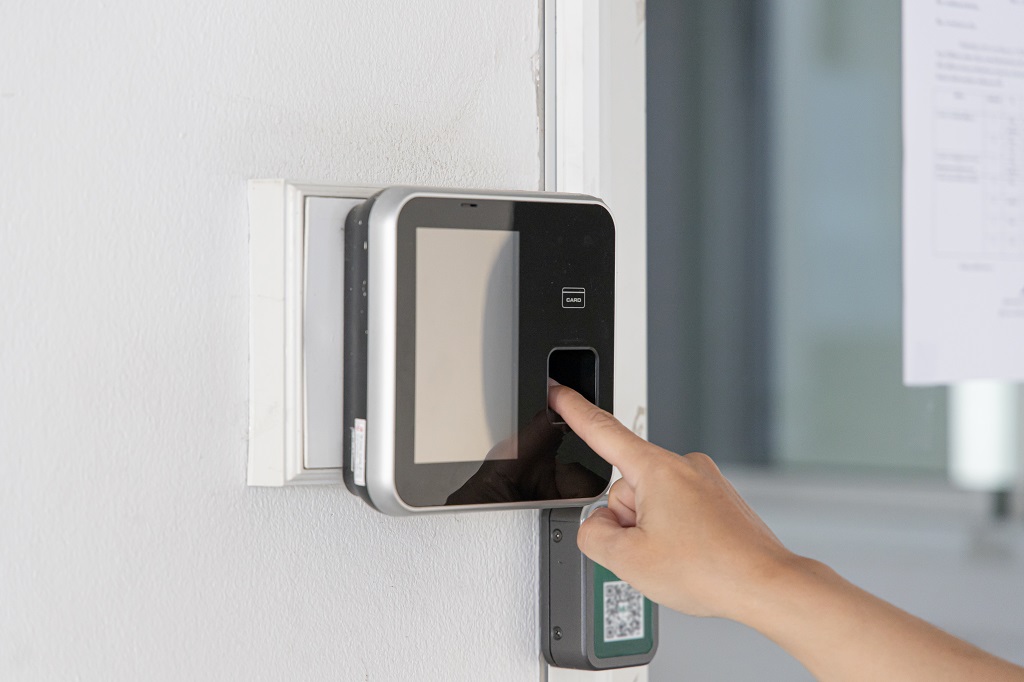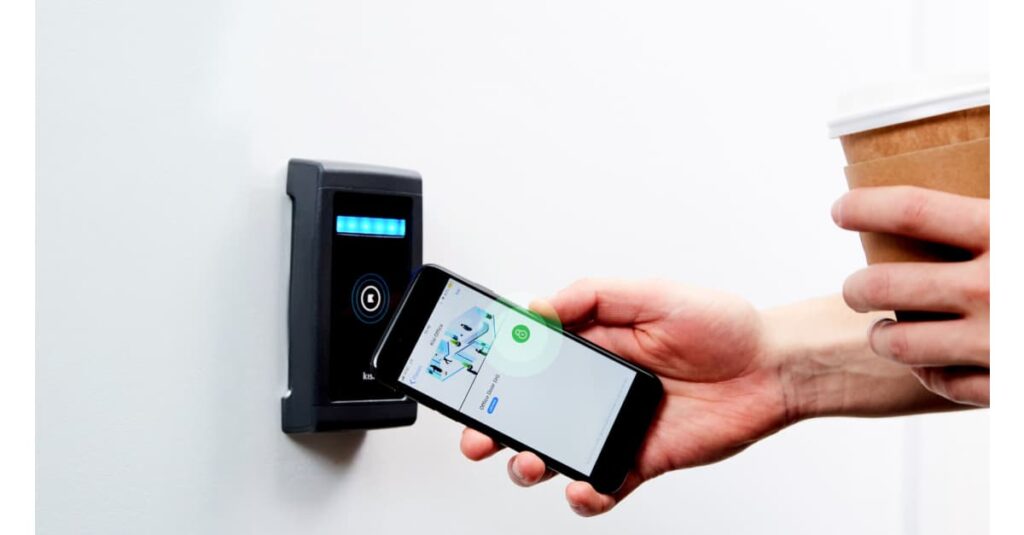In an era where security is paramount, electronic access control systems have emerged as a vital solution for protecting properties and sensitive information. These systems not only enhance security but also streamline access management, making them increasingly popular across various sectors. This article delves into the mechanics of electronic access control, its advantages, and the reasons behind its growing adoption.
Understanding Electronic Access Control
Electronic access control refers to the use of electronic systems to manage and restrict access to physical locations or digital resources. Unlike traditional lock-and-key systems, electronic access control employs various technologies, including key cards, biometric scanners, and mobile applications, to grant or deny access.
At its core, electronic access control operates through a combination of hardware and software components. The hardware includes devices such as card readers, keypads, and locks, while the software manages user permissions and access logs. This integration allows for a more sophisticated and flexible approach to security.
Components of Electronic Access Control Systems
Electronic access control systems consist of several key components that work together to provide a comprehensive security solution. These components include:
- Access Control Panels: The central hub of the system, responsible for processing access requests and controlling the locking mechanisms.
- Readers: Devices that authenticate users through various means, such as key cards, biometric data, or mobile devices.
- Locks: Electronic locks can be standalone or integrated with existing locking mechanisms, allowing for remote control and monitoring.
- Software: The management interface that allows administrators to set permissions, monitor access logs, and generate reports.
How Electronic Access Control Works
The functionality of electronic access control systems can be broken down into several key steps, providing a clear understanding of how these systems operate.
Authentication Process
The authentication process is the first step in electronic access control. When a user attempts to gain entry, they present their credentials, which could be a key card, a biometric scan, or a mobile app. The reader captures this information and sends it to the access control panel for verification.
Once the credentials are received, the access control panel checks them against the stored data. If the credentials match, access is granted; if not, the system denies entry. This rapid verification process ensures that only authorised individuals can access restricted areas.
Access Control Management
Access control management is a critical aspect of electronic access control systems. Administrators can define user roles and permissions through the management software, determining who can access specific areas and at what times. This flexibility allows for tailored security measures that meet the unique needs of each organisation.
Moreover, the software enables real-time monitoring of access events, providing valuable insights into who accessed which areas and when. This data can be crucial for identifying security breaches or ensuring compliance with safety regulations.
Integration with Other Security Systems
One of the significant advantages of electronic access control is its ability to integrate with other security systems, such as video surveillance and alarm systems. This integration creates a comprehensive security network that enhances overall protection.
For instance, when an access control system detects an unauthorised entry attempt, it can trigger alarms or alert security personnel. Additionally, video surveillance can provide visual evidence of access events, further strengthening security measures.
Advantages of Electronic Access Control
The growing popularity of electronic access control systems can be attributed to several key advantages they offer over traditional security measures.

Enhanced Security
Electronic access control systems provide a higher level of security compared to traditional lock-and-key systems. The use of advanced technologies, such as biometrics and encrypted credentials, makes it significantly more challenging for unauthorised individuals to gain access. Learn more about access control systems Sydney: secure your property with smart entry solutions.
Moreover, the ability to revoke access remotely ensures that former employees or individuals who no longer require access can be quickly removed from the system, reducing the risk of security breaches.
Improved Convenience and Efficiency
Electronic access control systems streamline the process of granting and managing access. Users no longer need to carry physical keys, which can be lost or duplicated. Instead, they can use key cards or mobile devices, which are more convenient and easier to manage.
Additionally, the ability to set time-based access permissions allows organisations to control who can enter specific areas during designated hours, enhancing operational efficiency.
Cost-Effectiveness
While the initial investment in electronic access control systems may be higher than traditional methods, the long-term cost savings can be substantial. Reduced labour costs associated with managing physical keys, fewer security incidents, and lower insurance premiums contribute to overall savings.
Furthermore, the scalability of electronic access control systems allows organisations to expand their security measures as needed without significant additional costs.
Why Electronic Access Control is Gaining Popularity
The increasing adoption of electronic access control systems can be attributed to several factors that align with the evolving needs of modern organisations.
Technological Advancements
Rapid advancements in technology have made electronic access control systems more accessible and affordable. Innovations in biometrics, mobile technology, and cloud computing have enhanced the functionality and reliability of these systems.
As technology continues to evolve, organisations are increasingly recognising the benefits of upgrading their security measures to incorporate these advancements.
Growing Security Concerns
With the rise in security threats, organisations are prioritising the protection of their assets, employees, and sensitive information. Electronic access control systems provide a robust solution to these concerns, offering enhanced security features that traditional methods cannot match.
The increasing frequency of data breaches and security incidents has prompted many organisations to seek more sophisticated security solutions, further driving the demand for electronic access control.
Regulatory Compliance
Many industries are subject to strict regulatory requirements regarding access control and data protection. Electronic access control systems facilitate compliance with these regulations by providing detailed access logs and the ability to implement strict access controls.
As organisations strive to meet compliance standards, the adoption of electronic access control systems has become a strategic necessity.

Conclusion
Electronic access control systems represent a significant advancement in security technology, offering enhanced protection, convenience, and cost-effectiveness. As organisations continue to face evolving security challenges, the popularity of these systems is likely to grow. By understanding how electronic access control works and its numerous benefits, organisations can make informed decisions about their security strategies, ensuring they remain protected in an increasingly complex world.

